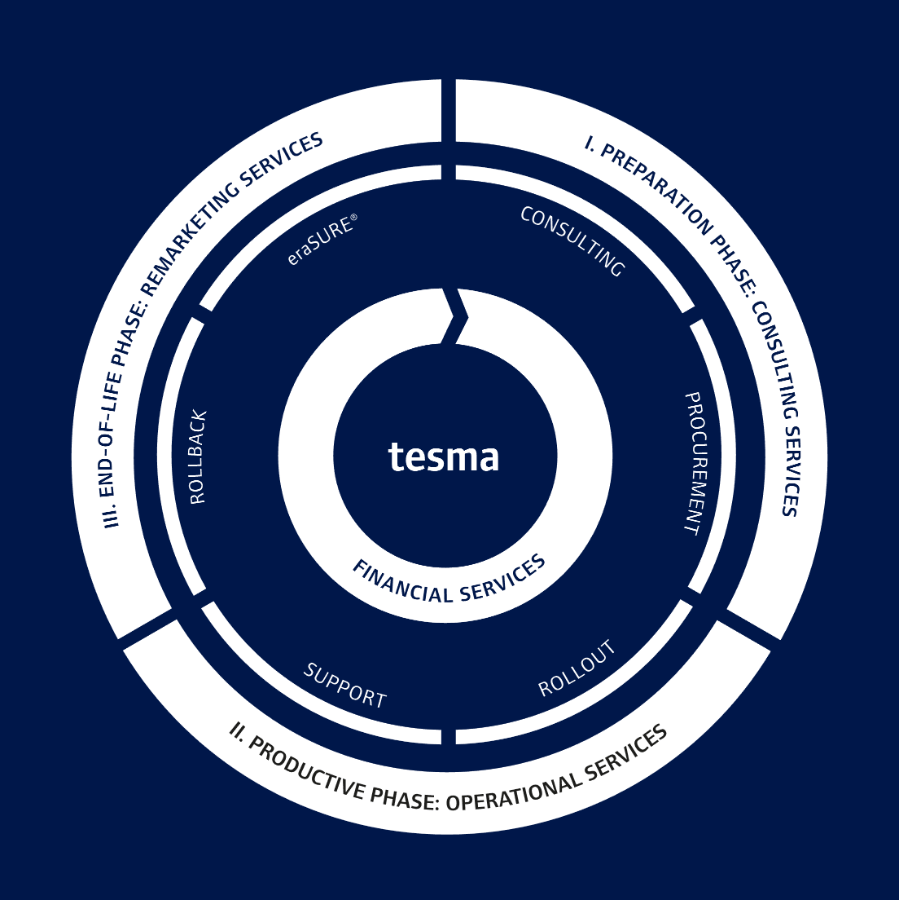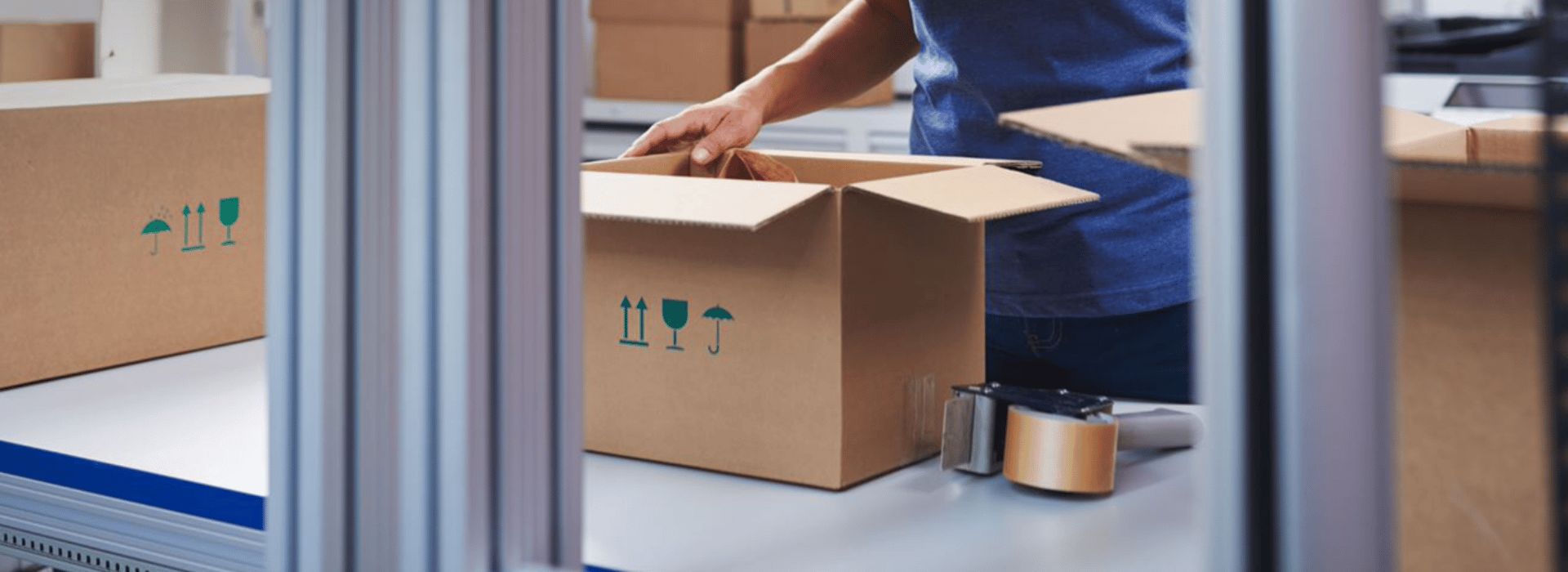 Carbon-neutral with carbonZER0
Sustainability has become a differentiating factor in the market. Thanks to carbonZER0, the production, transportation, use phase, and end-of-life phase of your CHG-MERIDIAN financed IT assets can now be carbon-neutral.
Carbon-neutral with carbonZER0
Sustainability has become a differentiating factor in the market. Thanks to carbonZER0, the production, transportation, use phase, and end-of-life phase of your CHG-MERIDIAN financed IT assets can now be carbon-neutral.
The circular economy: the principle of sustainable IT
How can IT be made (more) sustainable in the face of rapid technological change? And where should companies start if they want to bring about change? As in almost all other sectors, sustainability begins at the procurement stage. Up to 80% of companies CO₂ emissions are generated from procurement and supply chains. This is particularly true in IT, as manufacturing digital devices generates far more greenhouse gases than using them.
Longer usage cycles, fewer new purchases
Across its lifetime, an iPhone SE generates around 57kg of greenhouse gases. This figure rises to 82kg for the iPhone 12 Pro, while the largest MacBook Pro generates a massive 465kg. What gives particular pause for thought is that 86% of the CO₂ emissions are generated during the manufacture of an iPhone 12 Pro, which, like the manufacture of other IT devices, requires rare precious metals and a great deal of energy.
Companies that want to keep pace with the digital transformation usually have to replace their IT equipment sooner due to technological progress. But all too often, it only takes a defective battery or a lack of security updates to lead to new IT purchases, long before the full useful life of the IT equipment has expired. From an environmental and financial perspective, we must ask ourselves whether we really need a new smartphone every 24 months? And does it have to be the most environmentally damaging model with all the bells and whistles?
Whether in the coltan mines of the Congo or the gold mines in Brazil, the extraction of raw materials for the production of chips and processors causes significant environmental destruction worldwide. Which is why longer usage cycles in IT are critical. End devices that are designed first and foremost for longevity, resale value, and recyclability are a first step in the right direction. If replacement is the only option, then professional remarketing on the secondary market can improve the environmental footprint in line with the principles of a resource-efficient circular economy. Equally crucial is proper recycling of decommissioned equipment, which reduces illegal e-waste exports and promotes the recovery of valuable raw materials.
 Carbon-neutral with carbonZER0
Sustainability has become a differentiating factor in the market. Thanks to carbonZER0, the production, transportation, use phase, and end-of-life phase of your CHG-MERIDIAN financed IT assets can now be carbon-neutral.
Carbon-neutral with carbonZER0
Sustainability has become a differentiating factor in the market. Thanks to carbonZER0, the production, transportation, use phase, and end-of-life phase of your CHG-MERIDIAN financed IT assets can now be carbon-neutral.
Reduce, Reuse, Recycle
That phrase makes it sound so simple. But currently, a mere 50% of old equipment is collected, and less than 20% is recycled. This is where a financing option that includes remarketing really comes into its own. The end-of-life services provided by technology management specialist CHG-MERIDIAN, for example, achieve a refurbishing ratio of 95%. In addition to corporate social responsibility, sustainable procurement must, above all, take resource efficiency and the reduction of greenhouse gases into account. The circular economy’s 3R principle provides probably the most memorable checklist for greater sustainability in IT.
Lifecycle management is an end-to-end solution
CHG-MERIDIAN’s lifecycle services are based on a belief in the need for sustainability from start to finish with a focus on putting the circular economy into practice. They are usage-based throughout, from as-is analysis to consultancy, and from device provision and financing to refurbishment and remarketing. A comprehensive solution such as this makes it easier and more profitable for companies to take the decisive step.


Carbon-neutral with carbonZER0®
CHG-MERIDIAN offers even more by helping to make hardware carbon-neutral. Customers who take up the carbonZER0® option can have their CO2 emissions calculated using a TÜV-certified process, and then offset the emissions via their lease instalment. The extra cost of making a smartphone carbon-neutral is just a few cents a month. The money is invested in recognized climate change mitigation projects, while certificates provide documentary proof of the emissions saved. This is a huge opportunity for German companies to take a lead on climate action, as research by Bitkom reveals that few companies are measuring their environmental footprint and offsetting their carbon emissions. It also represents another way of acting sustainably, thus boosting employee satisfaction and the company’s image, and making it easier to attract new employees and customers. A win-win situation for businesses.



